Dear friends, colleagues and those who have expressed an interest in the FOOD & CULTURE of Japan:
素麺 SŌMEN Noodles
As the heat and humidity of summer settles in, appetites begin to wane. That’s when thread-thin sōmen noodles provide solace. Indeed, sōmen have been refreshing heat-weary Japanese since at least the 8th century. Sōmen noodles are made from a wheat flour and salt-water dough that is well-kneaded (to activate the gluten) and rested until elastic. Today, most hand-stretched sōmen is machine-assisted though these machines mimic the way people used to do it.
The most common manner of serving thin sōmen noodles now-a-days is “on the rocks,” in glass bowls filled with glacier-like chunks of ice. The tinkling sound of the ice against glass is reminiscent of wind chimes, further enhancing the cooling effect. Even before artificial refrigeration was available sōmen was often served in cold water.
The classic dip is a smoky, katsuo-bushi fish flake-infused soy-based sauce. Condiments such as grated ginger, chopped scallions, or finely shredded myōga (a rhizome related to ginger) typically accompanies the noodles. Sōmen noodles are meant to be slurped (a noisy action called susuru in Japanese, that demonstrates appreciation)!
Sōmen noodles are associated with Tanabata, also known as the Star Festival, which marks the time when celestial movements bring the stars Altair and Vega together across the Milky Way. Using today’s solar (Gregorian) calendar, most places in Japan celebrate the festival on July 7. A few places, such as Sendai in the Tohoku region coordinate festivities to the koyomi (ancient lunar calendar) celebrating Tanabata early in August.
What’s the connection? When stretched sōmen are set to dry on racks, the noodles look like threads on a loom (evoking the the warp and woof of Orihime’s woven cloth). And, flowing on the plate thin sōmen noodles resemble the Milky Way (Ama no Gawa 天の川).
A Taste of Culture PROGRAMS
A Taste of Culture offers custom workshops for visitors and residents who wish to learn about Japanese home-style cooking and prepare it for themselves. Details here.
For inspiration and instruction in preparing Japanese food for yourself and others, visit KITCHEN CULTURE.
To explore and practice Japan’s washoku wisdom in your own kitchen, visit Kitchen PROJECTS.
Regardless of where you reside, I hope you remain interested in Japan and its food culture.
KAISŌ 海藻
Consumption of aramé, wakamé, and hijiki in Japan is ancient; reference to various marine plants appear in the Manyōshū, an eighth century anthology of poetry.
Sea vegetables (kaisō ) remain an important part of the Japanese diet and its food culture.
OMATOES
Originating in Mesoamerica about 7,000 years ago, tomatoes arrived in Japan early in the Edo period (1603-1868) having traveled the globe and being domesticated along the way.
Celebrating Tanabata includes making wishes, writing them on tanzaku (narrow strips of colored paper) that get hung on branches of young bamboo. This custom is centuries old. School children throughout Japan continue to do this.
WASHOKU ESSENTIALS bi-monthly column in the Japan Times.
Most recently about surinagashi (pureed soups)
WASHOKU KITCHEN WISDOM
essays & recipes are posted to The Japanese Pantry, an online store dedicated to making quality artisanal Japanese ingredients available to cooks in the United States. My latest contribution is Turnips with Crumbly Chicken Sauce Enjoy!
Episode 341 (Sept 10, 2024) is about the language used to describe food textures … mouthfeel is often the most challenging element when trying new foods.
Prefer video-based learning? Join me on CRAFTSY





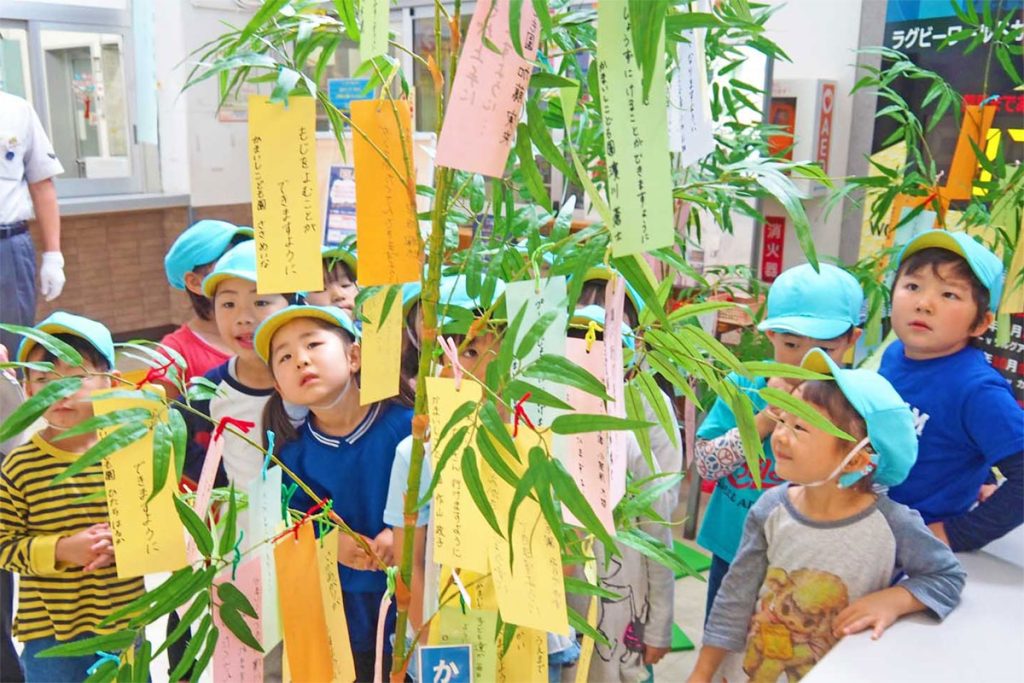
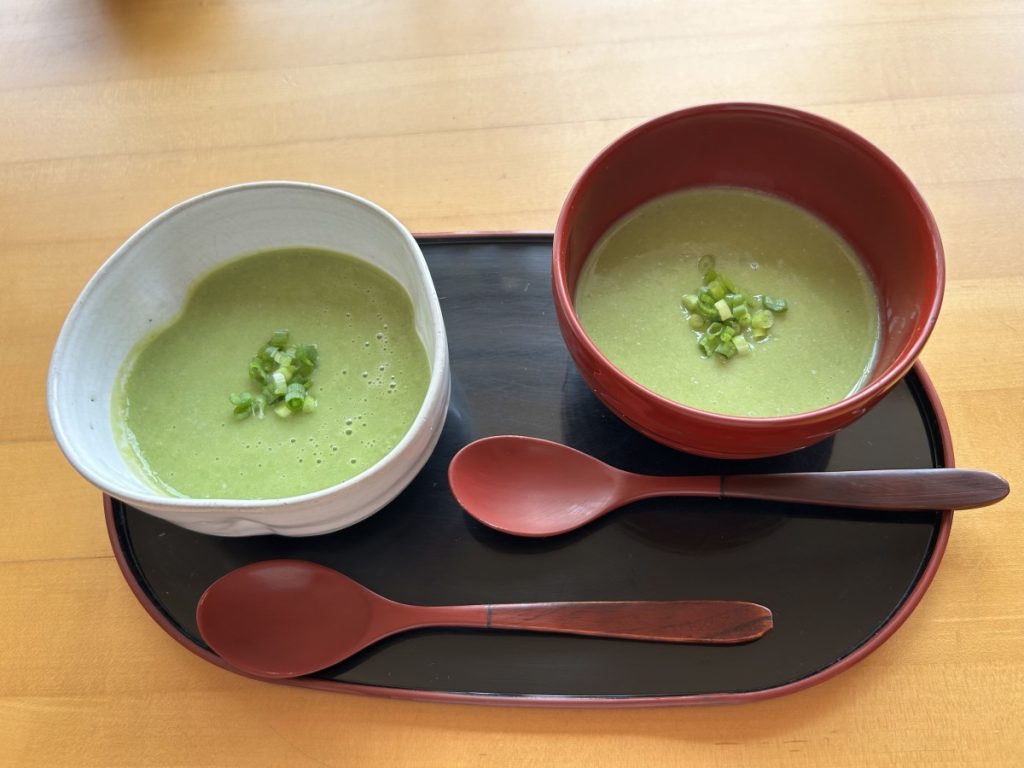
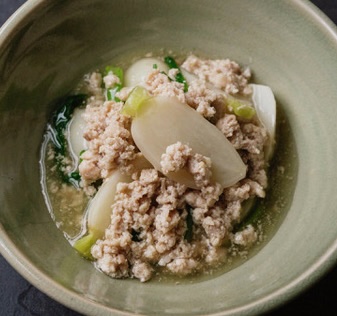
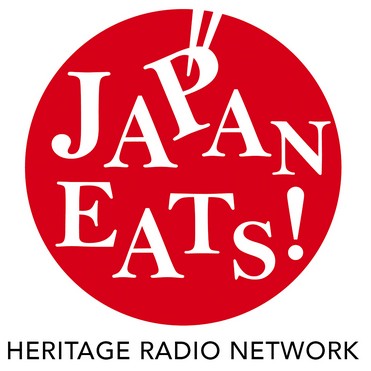
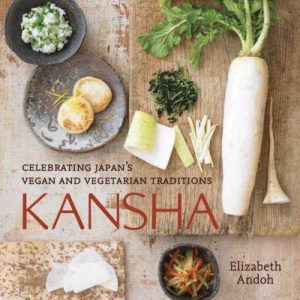

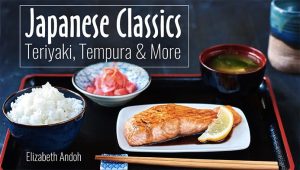
Comments